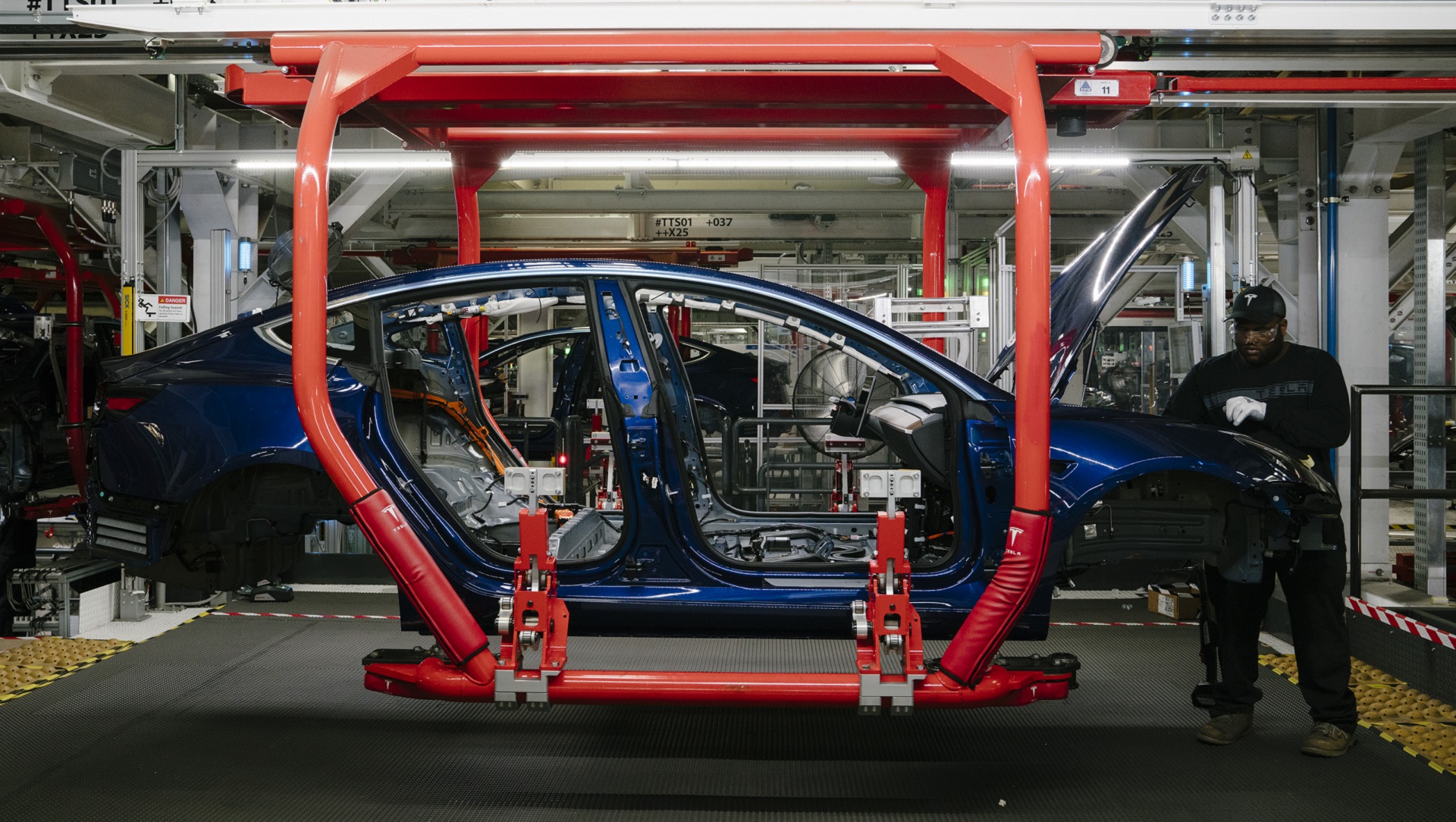

It’s no secret that Tesla’s bread and butter is its technology. As an automaker that exclusively builds electric cars, its appliance-like approach to cars has proven to appeal to those interested in buying the latest high-end tech. Now, after a teardown of the company’s newest Model 3 architecture, Nikkei Business Publications uncovered various reasons why the American automaker is on top of the EV game, and why other legacy brands aren’t.
Specifically, Nikkei placed its sights on Tesla’s latest Autopilot computer known as Hardware v3 (HW3). First announced in the third quarter of 2018, HW3 is the current-generation brain behind everything inside of a Tesla vehicle. This means anything from the infotainment system to the car’s semi-autonomous driving suite (Autopilot) is routed through the powerful computer.
More importantly is that Tesla designed these modules from the ground up completely in-house, meaning that Tesla cut its reliance on other suppliers who contributed to previous iterations of its modules. Instead, the automaker built a new system on a proprietary architecture, bringing the entire process from software to silicon in-house.
When tearing down HW3, Nikkei claims that an engineer from a “major Japanese automaker” declared that their firm simply “cannot do it.”
By that, the engineer didn’t mean that the automaker didn’t have the means to produce such a piece of technology, but that they don’t expect to condense the number of ECUs inside of a vehicle around a piece of hardware the way Tesla does. Instead of a modernized vertical approach, many legacy automakers still intend to rely on a theoretical web of wiring to get the job done. This deepens the reach of the automaker’s supply chain for any given platform, meaning that cutting down on the number of ECUs it buys from Bosch, Delphi, or Steyr could drastically affect upstream suppliers and their employees.
Consequently, this same reason is why Tesla is free to sink money into in-house development and build components at-will; because outside of the raw materials needed, its supply chain is non-existent. And because Tesla’s current lineup of vehicles isn’t muddied by non-modular architectures and multiple powerplants, the automaker is free to build a platform that interacts with all of its vehicles on a global scale. Over-the-air updates pushed to a vehicle means that software-based maintenance, diagnostics, and fixes can all be applied without a trip to the dealer.
Nikkei reports that industry experts believe that other automakers won’t have similar computing power until around 2025 at the earliest, placing Tesla squarely ahead of the competition.
We’re inclined to believe that Nikkei’s analysis is fairly accurate, but not just because of Tesla’s head-start. Historically, legacy automakers have been known to fall onto the conservative side of technology. It would be hard-pressed to believe that automakers have not explored in-house development for their respective next-generation battery electric vehicle platforms. Volkswagen, as an example, opened a new data center in Norway last year that it uses as a central hub for digitalized vehicle development and has been working globally to hire deep learning engineers.
Is it the automaker or supply chain that is stunting the growth of an industry?
One thing is for certain, if automakers believe that one approach is more profitable, the industry will inevitably sway that way. The more important question is: Is Tesla at the forefront of a new industry trend, or is investing time and money into a process better left to current industry suppliers?
Got a tip? Send us a note: tips@thedrive.com